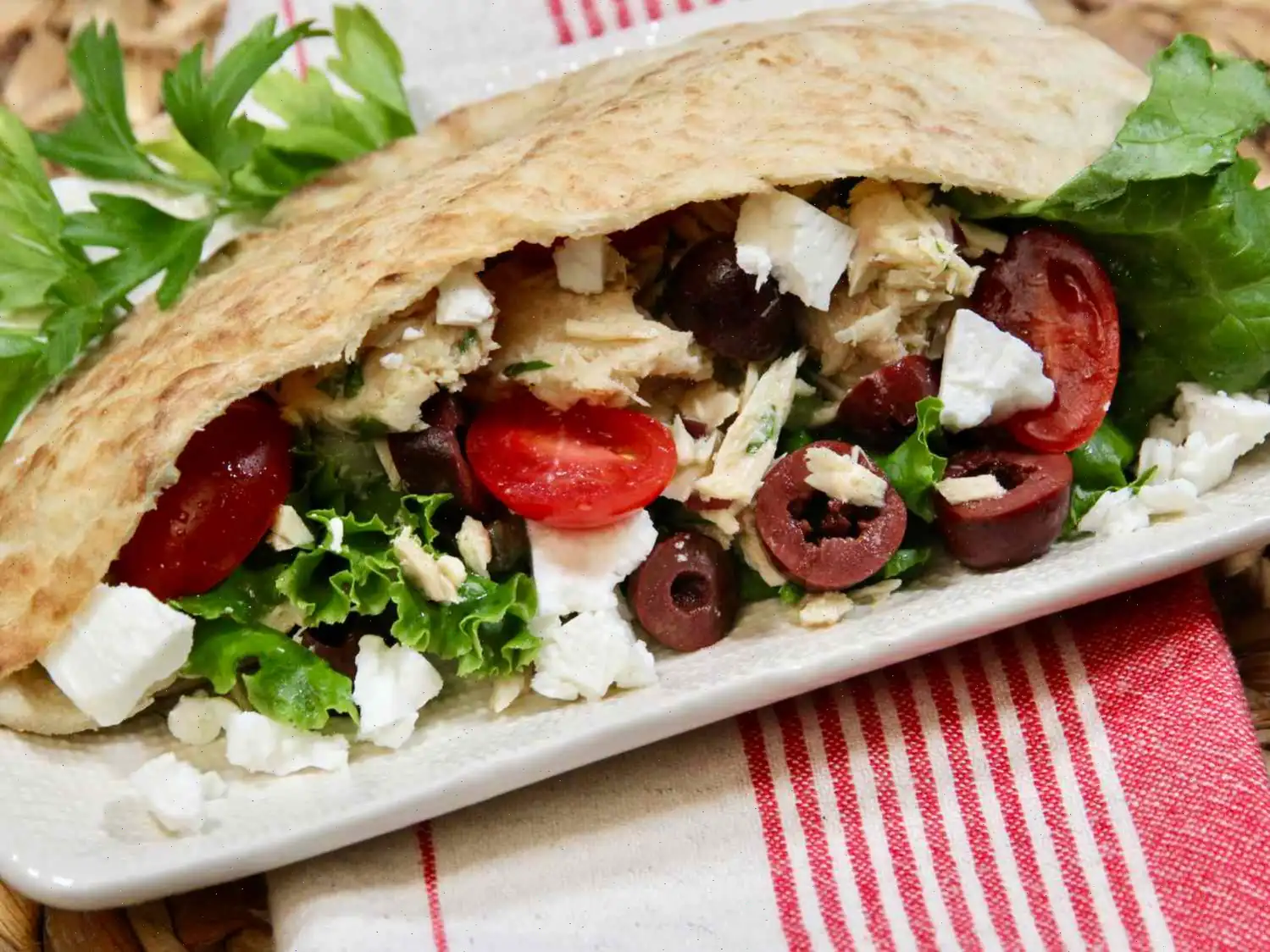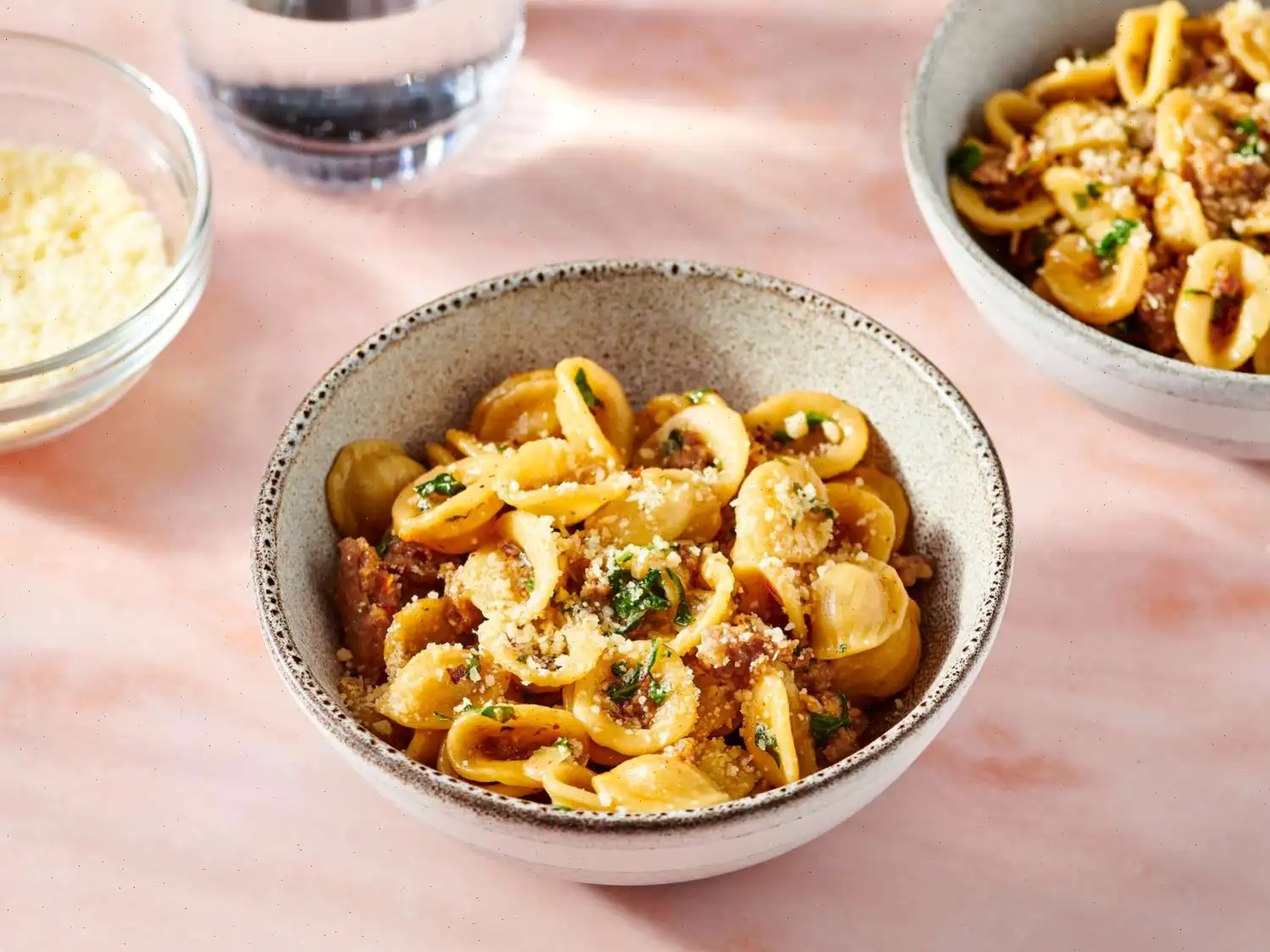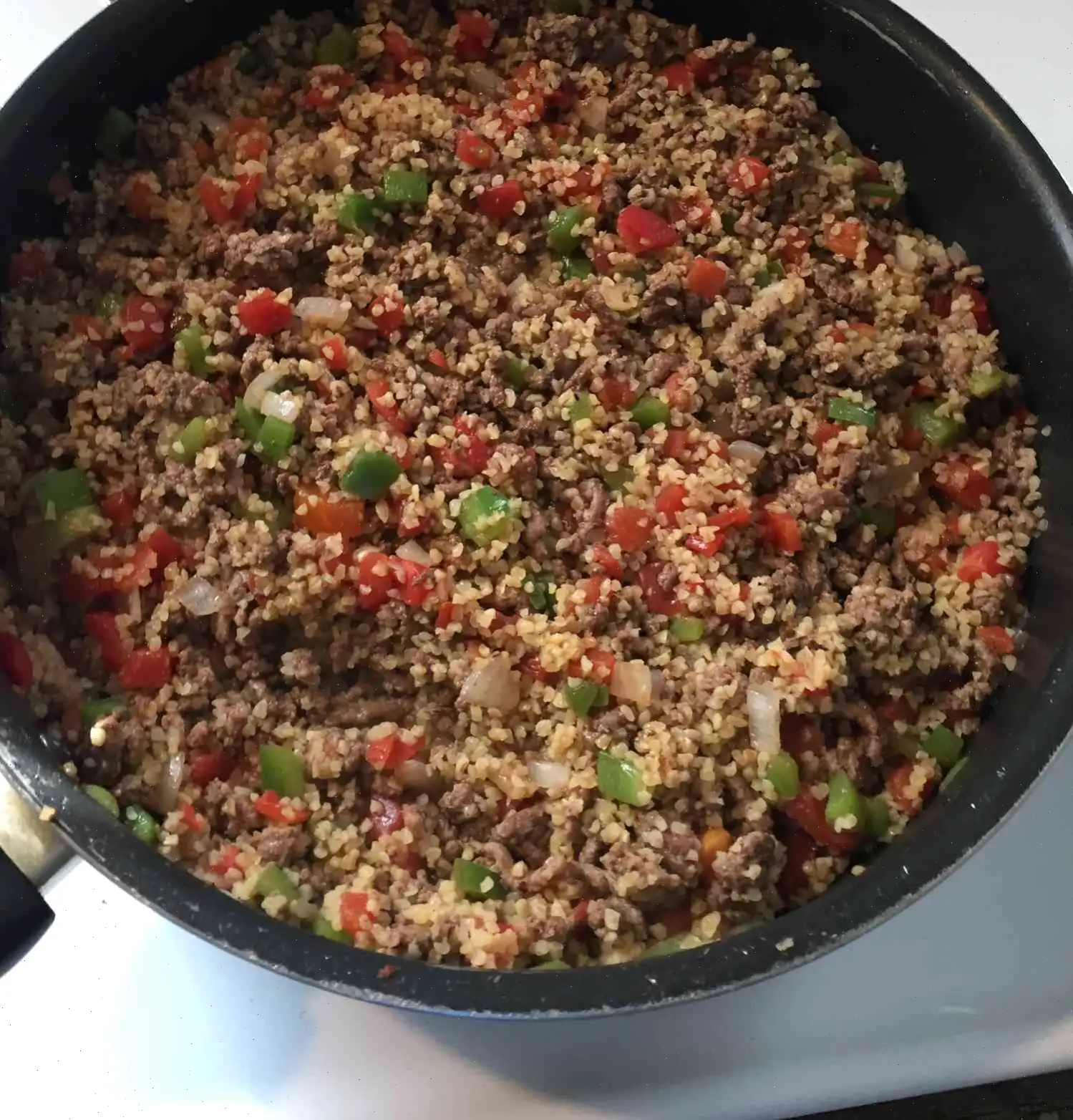
Fresh Salmon Patties Recipe
Ingredients
- 1 pound fresh salmon, skin removed
- 1/2 teaspoon salt
- 1 1/2 teaspoon seafood seasoning (e.g., Old Bay)
- 1 1/2 teaspoons Cajun seasoning
- 1/2 cup diced onion
- 1/3 cup diced red bell pepper
- 1 tablespoon garlic paste
- 1/4 cup chopped fresh parsley
- 1 1/2 tablespoons whole-grain mustard
- 3 tablespoons mayonnaise
- 2 large eggs, beaten
- 1/2 cup panko bread crumbs
- 2 tablespoons olive oil
- 2 tablespoons tartar sauce (for garnish)
- Fresh dill (for garnish)
- Lemon wedges (optional)
Directions
- Place the salmon, salt, seafood seasoning, and Cajun seasoning into a food processor. Pulse until the salmon is broken into bite-sized pieces. Transfer the mixture to a bowl.
- Gently fold in the diced onion, bell pepper, garlic paste, parsley, mustard, mayonnaise, beaten eggs, and panko breadcrumbs. Use your hands to mix thoroughly, but leave some larger chunks intact.
- Form the mixture into 4 equal-sized patties and place them on a large plate.
- Preheat your oven to 425F (225C). Line a small baking sheet with foil and place it in the oven to warm up.
- In a large ovenproof nonstick skillet, heat the olive oil over medium-high heat. Once hot, carefully add the patties to the pan. Cook them for about 2 minutes on one side.
- Transfer the patties to the preheated baking sheet and bake them in the oven for 4-5 minutes.
- Flip the patties over and bake for an additional 1-2 minutes until they are fully cooked and golden brown.
- Once cooked, transfer the patties to a plate lined with paper towels to drain any excess oil.
- Serve each patty with a generous dollop of tartar sauce, garnish with fresh dill, and squeeze a wedge of lemon over the top if desired.
Cooks Note: Leftover cooked salmon can be used to make these patties as well.
Nutrition Facts (per serving):
- Calories: 512
- Total Fat: 35g (45% Daily Value)
- Saturated Fat: 6g (32% Daily Value)
- Cholesterol: 169mg (56% Daily Value)
- Sodium: 1415mg (62% Daily Value)
- Total Carbohydrate: 16g (6% Daily Value)
- Dietary Fiber: 2g (6% Daily Value)
- Total Sugars: 3g
- Protein: 31g (63% Daily Value)
- Vitamin C: 31mg (35% Daily Value)
- Calcium: 85mg (7% Daily Value)
- Iron: 2mg (12% Daily Value)
- Potassium: 622mg (13% Daily Value)
*Percent Daily Values are based on a 2,000-calorie diet. Your daily values may be higher or lower depending on your calorie needs.
The History and Cultural Background of Salmon Patties
Salmon patties have a rich history that dates back to early North American culinary traditions. Indigenous peoples and coastal communities relied heavily on salmon as a staple food, and over time, they developed methods to preserve and prepare it in various ways. The idea of shaping minced fish into patties likely emerged as a practical approach to make the fish easier to cook and serve, especially when using leftover or canned salmon. By the 19th century, salmon patties had become a popular dish in American households, combining affordability with nutrition.
Regional Characteristics
While salmon patties are found throughout the United States, they hold particular significance in the Pacific Northwest, where fresh salmon is abundant. In this region, patties are often made with wild-caught salmon, giving them a richer, more complex flavor compared to store-bought varieties. In the Southern states, Cajun and Creole spices are commonly added, lending the patties a spicy, aromatic kick. These regional adaptations showcase the versatility of the dish and how local ingredients influence traditional recipes.
Differences from Similar Dishes
Although salmon patties resemble other fish cakes, crab cakes, or tuna croquettes, they are distinguished by their main ingredientfresh or canned salmonand their unique seasoning profile. Unlike crab cakes, which often rely on heavier breading or mayonnaise to bind the crab meat, salmon patties typically include panko breadcrumbs, mustard, and eggs, creating a lighter texture. Additionally, the incorporation of regional spices, such as Old Bay or Cajun seasoning, sets them apart from simpler fish patties, giving each bite a distinct flavor that is both savory and slightly zesty.
Common Serving Occasions
Salmon patties are incredibly versatile and can be enjoyed in a variety of settings. They are commonly served as a main course for lunch or dinner, often accompanied by a fresh salad, roasted vegetables, or potato sides. In casual dining settings, they may be offered as sandwiches or sliders, garnished with tartar sauce, dill, or lemon wedges. Their quick preparation and balanced nutrition also make them a popular choice for family meals and weekend gatherings.
Interesting Facts
Salmon patties are more than just a comforting dishthey are also surprisingly nutrient-dense. Rich in protein, omega-3 fatty acids, and essential vitamins, they support heart health and brain function. Historically, the dish served as a practical way to reduce food waste, transforming leftover salmon into a new, flavorful meal. Fun fact: some variations even incorporate seasonal vegetables or cheeses, allowing the recipe to evolve while maintaining its traditional roots. Today, salmon patties continue to be celebrated for their balance of flavor, texture, and cultural heritage.
You can listen to this recipe in AI audio format. Simply click the play button below to listen to the content in a format that suits you best. It’s a great way to absorb information on the go!








